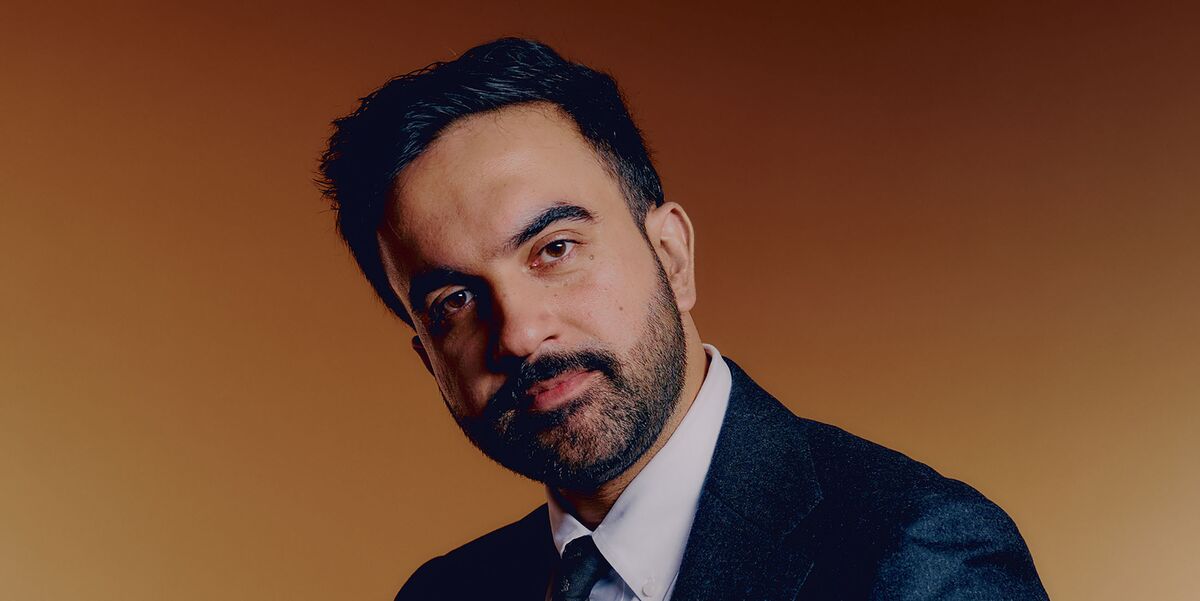One afternoon in late September, passersby gawked as Zohran Mamdani stepped out of a black SUV in Midtown Manhattan and strode to a small lectern his team had set up on the sidewalk. A gaggle of reporters, photographers and TV cameramen was waiting, their sight lines clear, on the stretch just south of Central Park known as Billionaires’ Row, a line of ultraluxury apartment buildings so tall they cast shadows over the park. Mamdani was standing in front of one with an $87.5 million listing inside: a four-bed, seven-bath excuse to talk about the cost of living in America’s priciest city. “This is a part of New York City that can boast the cost of an apartment exceeding $200 million,” he said, a world apart from the material concerns of most residents, “whether they can afford their rent, their child care, their groceries.”
Location aside, Mamdani’s remarks mostly matched the stump speech he’s spent this past year drilling at parks, church services, mosques, picket lines, rallies and other events throughout the five boroughs: The city needs lower rents, cheaper transit, affordable child care. But this press conference also captured a moment in time, a transition of sorts. It had been about three months since Mamdani’s decisive victory in the Democratic mayoral primary and just a few days since the sitting mayor, Eric Adams, had announced he’d no longer seek reelection. Mamdani was now firmly New York’s mayor apparent.

